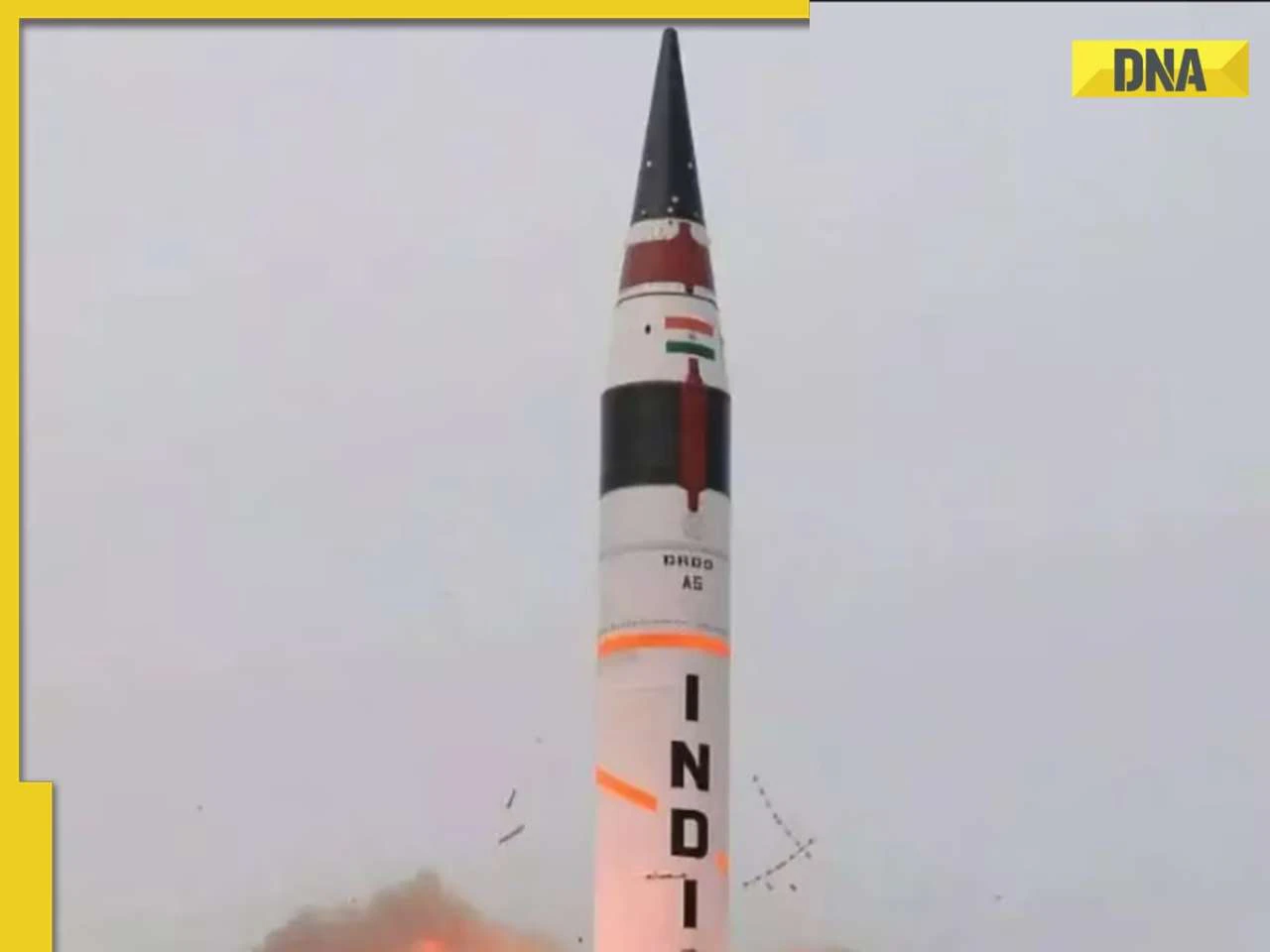By Deepinder Goyal Srishty Choudhury
The Defence Research and Development Organisation (DRDO) is developing two new advanced versions of the Agni-5 intercontinental ballistic missile (ICBM) capable of carrying 7,500 kg bunker-buster warheads that can penetrate up to 100 meters underground targeting and destroying enemy nuclear infrastructure, radar systems, command centres and weapons storage facilities. With these features, India will join the elite league of nations developing high-precision, deep-penetration munitions, putting it on a par with the US military’s 30,000-pound (13,600 kg) GBU-57 bunker-busters.
Why Now? The Global Context
This development comes in the backdrop of a recent US military strike on Iran’s Fordow nuclear facility on June 21, where the US deployed 14 GBU-57A bunker-buster bombs. The Fordow site lies 200 feet underground, and the GBU-57 carries a 2,600 kg warhead.
What’s New in the Upcoming Agni-5 Variants?
The original Agni-5 has a range of 5,000 km and can carry nuclear payloads.
The new versions—designed specifically as bunker-buster missiles—will have a shorter range of 2,500 km, optimized for regional threats.
These versions will strike at hypersonic speeds ranging from Mach 8 to Mach 20—8 to 20 times the speed of sound.
Each missile will be equipped with a massive 7,500 kg explosive payload, outclassing even the American GBU-57 in terms of payload weight.
Why Are These Missiles Critical for India?
Following Operation Sindoor, India has accelerated its development of missiles capable of neutralizing underground enemy bunkers.
Given the rising geopolitical tensions—from India-Pakistan border skirmishes to ongoing conflicts like the Iran-Israel standoff—India is working to reinforce its defensive and offensive military capabilities.
Both Pakistan and China have heavily fortified underground facilities along their borders.
These new missile variants are strategically crucial for mountainous and high-altitude regions, where traditional airstrikes are less effective.
The missiles are designed to eliminate enemy command centers, ammo depots, and hidden bunkers, especially in sensitive border areas.
The U.S. GBU-57: The World’s Most Powerful Bunker-Buster
On June 21, the United States struck Iran’s Fordow nuclear site with GBU-57 bombs, the first time these weapons were used in combat. These 30,000-pound bombs are specifically designed to obliterate deeply buried bunkers and fortified underground sites.
According to U.S. Army General Dan Cane, it took 15 years to develop these bombs. When the Fordow site was discovered in 2009, the U.S. lacked the firepower to destroy it — which led to the development of the GBU-57.
India’s Military Satellite Push: 52 Defence Satellites by 2029
Following Operation Sindoor, India is also focusing on expanding its military capabilities in space. The government has announced the launch of 52 special defense satellites over the next four years (by 2029). These satellites will serve as India’s “eyes in space”, monitoring sensitive areas along the Pakistan and China borders.
Key Features:
Powered by Artificial Intelligence (AI)
Operate at an altitude of 36,000 km
Capable of inter-communication in space for faster data and image transmission to Earth
This ambitious space surveillance program is part of ‘Space-Based Surveillance Phase-3’ (SBS-3), led by India’s Defense Space Agency (DSA).
The budget for this project is Rs 26,968 crore.
It was approved by the Cabinet Committee on Security in October 2024.
India’s evolving defense strategy clearly reflects a shift toward next-gen warfare preparedness—combining cutting-edge missile systems, hypersonic technology and space-based surveillance to ensure national security in an increasingly volatile global landscape.
